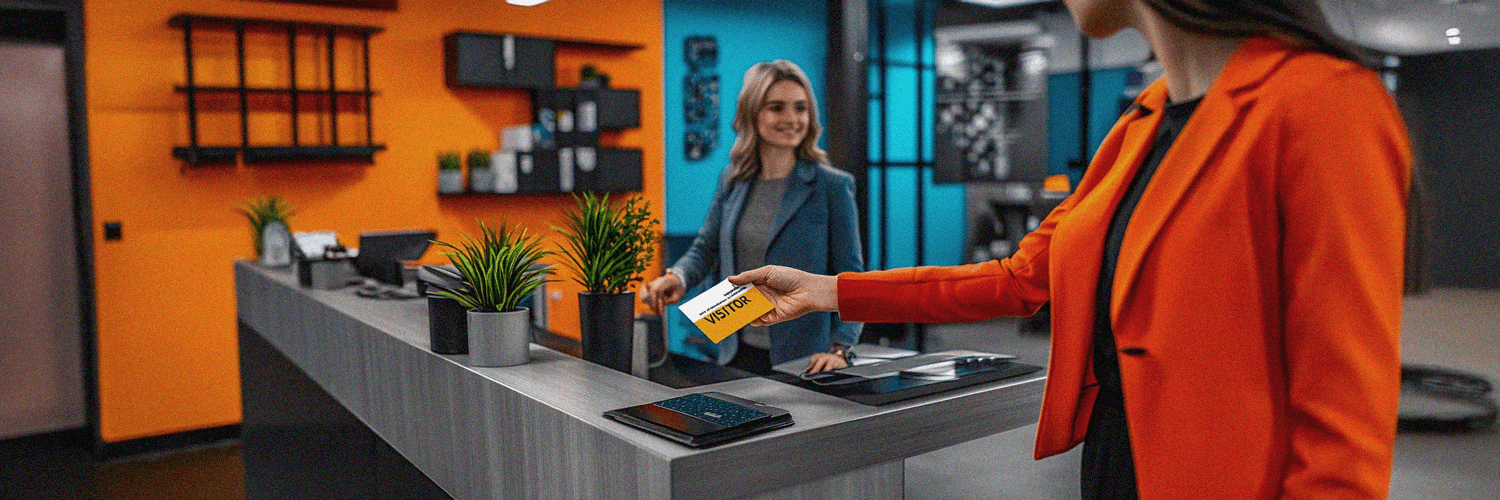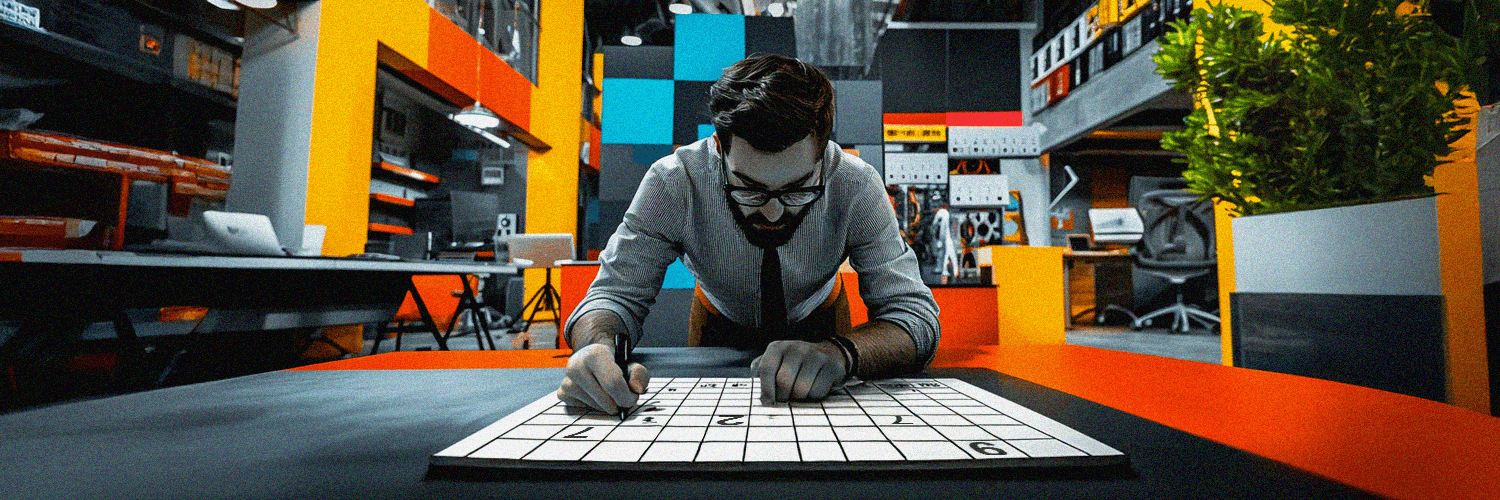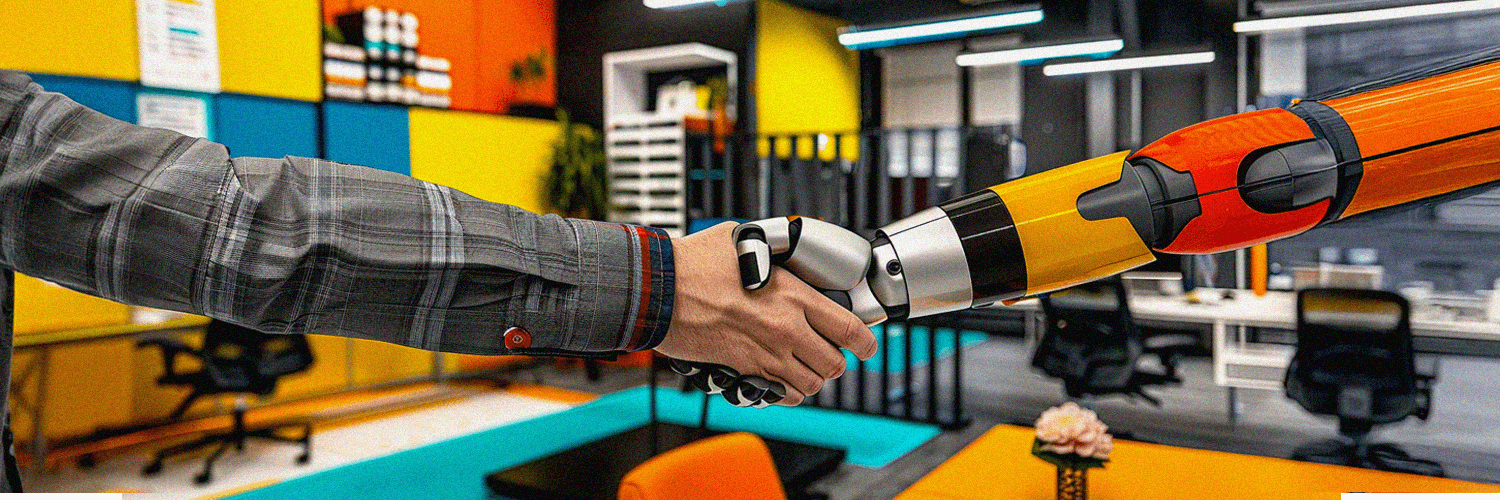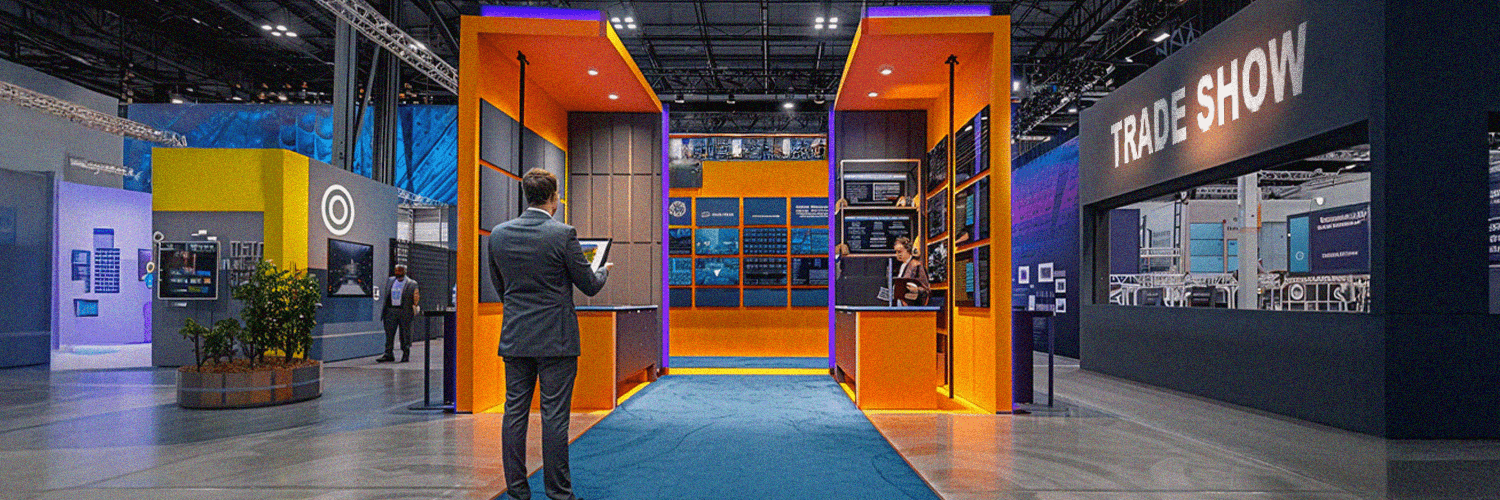Remember the old-school visitor log at the reception? A clipboard, a pen, and a barely legible signature? Those days are long gone.
Workplaces today host all kinds of visitors—clients, contractors, interviewees, partners—each with different needs, security requirements, and check-in processes. A one-size-fits-all approach just doesn’t cut it anymore.
Companies are recognizing this shift. The global visitor management system market is set to more than double, growing from $1.87 billion in 2024 to $4.04 billion by 2029—a clear sign that businesses are investing in smarter, more secure, and more seamless visitor experiences.
And a great visitor experience starts with the proper check-in process.
Let’s dive into the 8 common visitor types in the workplace and the registration processes they need for a smooth experience—without compromising security.
TL;DR:
-
Modern workplaces host diverse visitor types, requiring tailored check-in processes for security and efficiency.
-
Business partners need a professional, pre-registered check-in process that balances security and efficiency.
-
Contractors and freelancers require project-based registration, entry tracking, and security compliance measures.
-
Job candidates benefit from a smooth, welcoming check-in that enhances their impression of the company.
-
Trainers and consultants need structured but flexible registration with pre-arrival setup and access credentials.
-
Delivery personnel require a fast, hassle-free check-in process with instant recipient notifications.
-
VIP guests should experience an effortless check-in with pre-registration, expedited entry, and personalized welcomes.
-
Friends and family visits should balance hospitality with basic security measures and limited access.
-
Prospective clients' first impressions start at check-in, making a smooth, professional process a competitive advantage.
8 Types of Visitors in a Company and How to Customize Their Check-In Process
Different visitors require different levels of access, verification, and security protocols. A delivery driver dropping off a package shouldn’t go through the same process as a contractor working on-site for a week.
A tailored check-in process ensures that every visitor gets the right level of access—no more, no less—while keeping operations smooth and security tight. And companies that have adopted this approach see measurable benefits: 94% report improved operational efficiency after switching to an automated visitor management system that adapts to different types of visitors in a company.
So, let’s break down the 8 most common visitor types and how to customize their check-in process.
Business Partners: A Sign-In Process That Matches the Relationship
Business partners aren’t just any office visitors—they’re key collaborators, decision-makers, and an extension of your company’s network. Their experience at your workplace should reflect that.
Since their visits often involve important business meetings and access to specific areas, the check-in process should be seamless, professional, and efficient. That starts before they even arrive.
What makes an excellent check-in process for business partners?
-
Pre-registration – Gather necessary details ahead of time, so there’s no paperwork or delays on the day of the visit.
-
A warm, professional welcome – Personalized greetings on the reception area screens and branded visitor badges ensure they feel recognized.
-
Streamlined security – Business partners typically need moderate screening, but convenience is key. Pre-approved access to meeting spaces and automatic host notifications help them move smoothly through your facility.
When the first impression is effortless, the focus stays on building relationships, not navigating logistics.

Contractors & Freelancers: Regular Office Visitors, Unique Check-In Needs
Contractors and freelancers don’t quite fit into the “employee” or “visitor” box. They’re in and out regularly, often working on-site for extended periods—but they’re not full-time staff. That makes their visitor check-ins a little different.
Since they need frequent access, the focus should be on accountability, tracking, and security compliance.
What makes an effective check-in for contractors?
-
Project-based registration – Collect visitor data upfront: what they’re working on, where they’ll be, and how long they’ll need access.
-
Entry & exit tracking – Logging arrival and check out times times isn’t just about security—it also helps with accurate billing and compliance.
-
Agreements & safety protocols – Visitor NDAs for confidential information, security policies, and guidelines on emergency procedures should be signed as part of the process.
-
Renewable credentials – For regular contractors, creating reusable digital badges or pre-approved access can reduce repetitive check-ins while keeping security tight.
With 65% of data breaches tied to identity-related vulnerabilities, verifying who’s on-site—and ensuring they have the right level of access—is critical. A streamlined, secure contractor check-in process keeps operations running smoothly while reducing security risks.

Job Candidates: A Positive First Impression
Job interviews go both ways—candidates aren’t just being evaluated; they’re evaluating your company, too. Their check-in experience is often their first real glimpse into your workplace culture, and it should feel just as professional and well-organized as the rest of the hiring process.
The goal? A smooth, welcoming arrival that minimizes stress while keeping security in check.
How do you put it in practice?
-
Pre-registration for a seamless start – A simple email with parking details, check-in instructions, and what to expect helps set the tone before they even walk in.
-
Fast and friendly check-in – Greet visitors warmly to create a positive first impression. Collect only the essentials, and automatically notify the recruiter or hiring manager so there’s no awkward waiting at the front desk.
-
Interview-specific badges – Temporary visitor badges identify candidates while giving them the access they need—without unnecessary security hurdles.
A streamlined, professional check-in process does more than just move candidates through the door—it helps shape their perception of your company. And organizations that invest in efficient candidate registration see measurable improvements in recruitment outcomes and overall candidate experience.

External Trainers & Consultants: Keeping Work Flowing
Trainers and consultants are in your office to deliver value, lead sessions, or provide expertise. Their registration process should reflect their role, ensuring seamless access to the spaces and tools they need while maintaining security.
Since they often require extended access across multiple areas and may use company tech resources, their registration process should be structured but efficient.
Key elements of a smooth registration process for trainers & consultants:
-
Pre-arrival information collection – Gather details in advance: what equipment they need, which spaces they’ll use, and any tech access requirements.
-
Detailed orientation & access credentials – Provide a quick onboarding guide and assign temporary access badges based on their specific activities.
-
Automatic notifications to IT & facilities – Ensure support teams are alerted so everything is set up and ready before they arrive.
-
Standardized but flexible workflows – For repeat visitors, having a customizable but structured check-in process saves time while keeping security intact.
The last thing a consultant should worry about is where to find an adapter or how to get into a meeting room.

Delivery Personnel: Fast, Secure, and Hassle-Free Check-Ins
Few visitors come and go as often as delivery personnel—and their check-in process needs to match their fast-paced work. They're not here for long meetings or extended stays; they must quickly and securely drop off, pick up, and move on.
A smooth check-in keeps things moving without compromising security.
For an efficient delivery check-in process, consider:
-
Express check-in options – Dedicated kiosks or mobile check-in keep things fast and frictionless. Many visitor systems even have a "delivery" button for an ultra-streamlined process.
-
Basic identity verification – A quick scan or simple ID check ensures security without adding unnecessary steps.
-
Instant notifications to recipients – No need for delivery personnel to track people down—automated alerts let employees know when their package or order has arrived.
The goal? Speed, security, and minimal disruption. Because a delivery shouldn't require a complete check-in process—it should just work.

VIP and Executive Guests: A Check-In Process That Feels Effortless
When a VIP guest arrives, their first impression starts long before the meeting begins. The check-in process should feel smooth, intentional, and reflective of their status—not like an unnecessary hurdle.
Here’s how to make VIP check-ins seamless and professional:
-
Pre-registration handled in advance – Executive assistants manage details beforehand, ensuring a frictionless arrival.
-
Expedited check-in & personalized welcome – Minimal wait times, custom welcome messages, and pre-printed visitor badges create a first-class experience.
-
Dedicated escorts & automatic host notifications – No wandering around—key contacts are instantly alerted when their visitor arrives, ensuring timely acknowledgment and connection with their intended host.
-
Discreet security screening – Private screening areas or fast-tracked verification keep security tight without disrupting the experience.
VIP visits should feel effortless—seamless check-in, no waiting, no confusion. When hosting top executives, every detail counts.

Employees' Friends and Family: Balancing Security with Hospitality
Not every workplace visitor is here for business. Friends and family drop by for lunch, quick catch-ups, or special events—but security still matters. The challenge? Keeping things welcoming while maintaining the right level of oversight.
Here’s how to strike that balance:
-
Basic identification & guest badges – A simple check-in process ensures guests are logged while identifying them as guests, welcoming visitors warmly and ensuring security.
-
Automatic employee notifications – The host is immediately alerted and responsible for their guest’s visit.
-
Defined access areas – Personal visitors should be limited to common areas or designated spaces, keeping workspaces secure while maintaining a friendly atmosphere.
A great visitor experience doesn’t mean compromising security—it means creating clear policies that let employees welcome guests without disrupting the workplace.

Prospective Clients: Turning Check-In Into Competitive Advantage
Just like job seekers evaluate your company during an interview, prospective clients do the same from the moment they walk in. Their experience doesn’t start with the meeting—it begins with how they’re welcomed.
A well-designed check-in process sets the tone for professionalism, efficiency, and attention to detail.
Here’s how to make a strong first impression:
-
Personalized pre-visit communication – Set expectations with clear details on parking, check-in, and meeting logistics.
-
Smooth, hassle-free check-in – Collect only essential information while ensuring an easy, professional process.
-
Instant host notifications – No awkward waiting—employees are alerted the moment their guest arrives.
-
A personalized touch – A welcome screen with their company logo, a tailored greeting, and even small hospitality touches like refreshments can leave a lasting impression.
The way you manage a client’s first few minutes in your office says a lot about how you do business. Make check-in as seamless and polished as the rest of your customer experience.

A Visitor Management System That Adapts to Every Guest
A great visitor experience doesn’t happen by accident—it’s built with the right tools. This is where a visitor management system (VMS) makes all the difference. Instead of a generic, one-size-fits-all process, a VMS customizes each check-in to match the visitor’s role, purpose, and expectations.
With YAROOMS Visitor Management System, businesses can create a seamless, personalized experience from the moment a visitor walks in. Pre-registration emails ensure guests know where to go, where to park, and what to expect. Digital signatures allow quick agreement to NDAs or safety policies before arrival. Visitors can take a photo at check-in for identification or receive a custom welcome message on-screen to make the experience more personal. Need an extra security step? Videos can guide contractors through safety protocols so they’re ready to go as soon as they check in.



These are just a few examples of custom steps that can be added to your visitor flow, making registration smoother, safer, and more tailored to each guest. And with automated host notifications, no guest is left waiting, ensuring every arrival is efficient and well-coordinated. Whether it’s a VIP client, a contractor, or a job candidate, the system adapts to their needs—so every check-in feels effortless, efficient, and professional.












